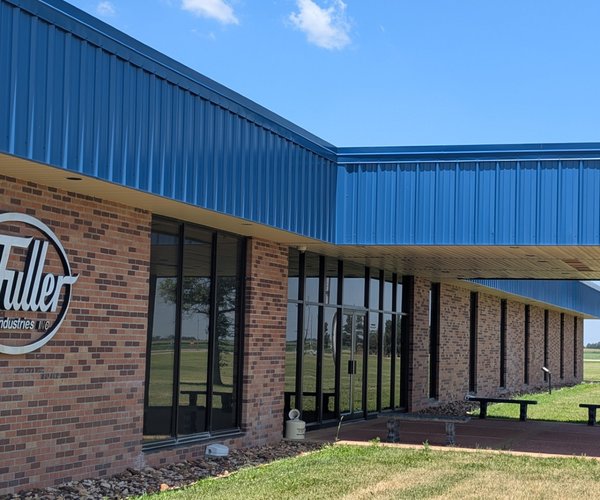As of Tuesday, Oct. 21st, the drought monitor report indicates little change from last week for us. There is an increase in abnormally dry and moderate drought conditions for the eastern quarter of the state and in the northeast. Our area is still totally out of dry conditions. The six-to 10-day outlook (Oct. 28 to Nov. 1) indicates normal for temperatures and precipitation. The eight to 14-day outlook (Oct. 30 to Nov. 5) indicates a 40 to 50% chance of leaning above normal for temperatures and 33 to 50% chance of leaning below normal for precipitation. We could still use precipitation for establishing wheat. With this forecast harvest should finish soon.
We have spent the last two weeks discussing IPM (Integrated Pest Management); what it is; why we have transitioned to it; in general terms what is included; and he first steps in implementing IPM. We have identified the pest problems, actual or potential, and now, what is the potential course of action. Today, let’s look at weeds and what can be done, including but not limited to chemical weed control. No matter the pest, management can be listed in these general categories: natural forces, agricultural forces, mechanical control, and chemical control. We only have room for a brief list.
• For weeds, natural forces don’t currently play a major role as this is more important in insect and to some extent disease control. Climate is a natural force helping to determine weed germination and growth, however, it acts the same way for our crops.
• Mechanical control, like natural forces, doesn’t currently play any major role in weed control but is important with other pests.
• Agricultural forces are extremely important in managing weed problems.
Sanitation – using weed-free seed. Cleaning bin run wheat seed. Starting with a weed free field.
Tillage - when necessary and while minimizing erosion potential, appropriate tillage helps, especially with small newly emerged seedlings. If you can aggressively control weeds for several years while eliminating tillage, weed pressure diminishes and lessens the need for chemical control.
Crop Rotation – alternating crops in a sequential manner with as much diversity as possible. Ideally grasses with broadleaves. The challenge is crops suited to the area based on length of growing season, temperature, and rainfall when lacking irrigation. Western Kansas is very limited in options whereas Central and especially Eastern Kansas aren’t.
• Chemical Control – practically, herbicides are necessary. The key to economically and ecology using this technology is properly identifying the weed, controlling it as early as possible, alternating chemistries, using the appropriate rate and effectively applying agricultural forces.
Dr. Victor L. Martin is the agriculture instructor/coordinator for Barton Community College. He can be reached at 620-792-9207, ext. 207, or martinv@bartonccc.edu.





